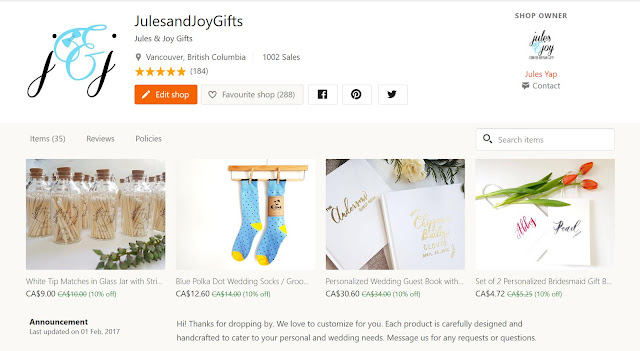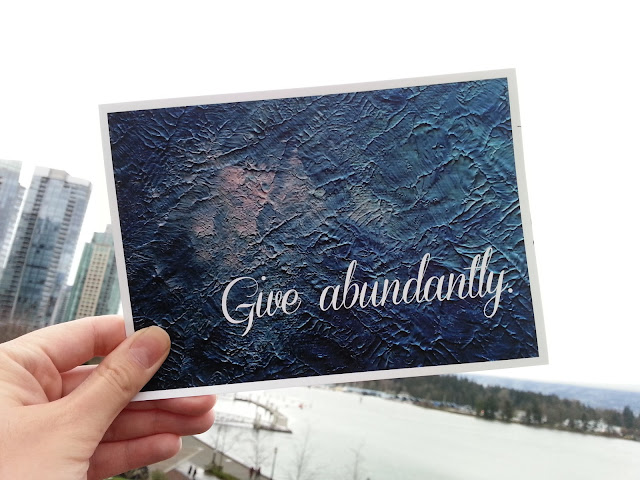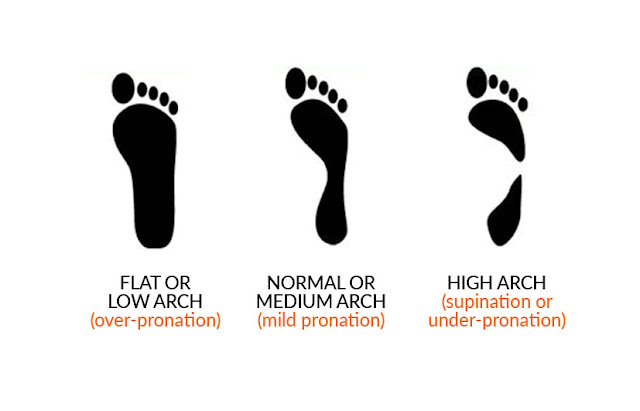Part of our major project in Technical Writing class this fall was to interview a subject matter expert (SME), who was also part of the class, and write about a topic in which he/she has most knowledge. I was partnered with Aaron, a former employee of an athletic shoe store, so we decided the topic I would write about was how to choose the most suitable pair of running shoes.
Disclaimer: This post aims to help new and prospective marathon runners find the
perfect pair of running shoes suitable for their specific type of feet and
running distance. It will only focus on two major brands– Asics and Saucony,
but will include a comparison between Nike Flyknit(style-driven) and
Asics GEL-Nimbus 18(support-driven). It will not discuss shoes for runners with specialized needs.
These people must seek the help of a licensed orthotist and prosthetist in
obtaining the appropriate running shoes.
This post is part of a longer document that was edited for brevity.
MARATHONS have become a global trend attracting more new runners each
year. A marathon is a long distance running competition that covers a track of
42 kilometres. As new runners, we must
receive proper and sufficient training before joining a marathon for an optimum
performance. In addition to solid training and a clean bill of health, we must
also possess the right pair of running shoes that will provide support and
enhance our performance.
 |
| Photo found in RunningMagazine.ca |
History
The first marathon race was held in 1896 in Greece
during the first modern Olympics. The event inspired American Olympic Team Manager
John Graham to establish the Boston Marathon in the US. It started as a local
race but quickly became popular with runners all over the world and even inspired
international corporations to organize their own races. The initial race track
measured 40 kilometres and was later changed in 1908 to its current length of 42
kilometres in accordance with the Olympic standards.Today, marathons have become
increasingly popular that, in North America alone, there are approximately 600
races held annually with more than 500,000 registered runners*.
Types of Feet
Running is a high impact exercise, which causes a direct force on our
bodies that can potentially lead to injuries in our muscles and joints. Using a
correct pair of running shoes helps us avoid certain injuries and provides our
body with the support and stability it needs while in motion. There is no
single standard pair of shoes for runners because not all feet are the same and
therefore, the way we walk is not the same.
The way our feet touch the ground when we step (or what is called a foot strike) is crucial in knowing what
types of shoes are suitable to wear for running long distances. There are three
types of foot strikes: pronation, supination, and neutral.
Pronation
Pronation is the natural way our feet roll inward
when we walk and run. When our feet strike the ground, the arches flex down and
inwards to disperse the impact. It is healthy and normal for our feet to
pronate, because it helps our feet absorb shock.
Supination
Supination is the opposite of pronation; it is the
way our feet roll outward during motion. Natural supination occurs during
walking or running when we dig into our forefeet and toes and lift our heels
(also called the push-off) to drive
our bodies forward.
Both pronation and supination are natural and healthy foot strikes. They
become abnormal and harmful when both movements are prolonged and excessive; the
problem starts when we over-pronate or over-supinate.Flat feet usually tend to
over-pronate, but it is not necessarily true that all high-arched feet
over-supinate.
Neutral
A neutral gait is the most efficient walking or
running posture. If we have neutral foot strikes, we pronate to absorb shock as
the foot strikes the ground, then supinate to form a rigid lever for an even
push-off. The pronation and supination do not occur excessively but happen at
the right time that contributes to good overall body alignment in which ankles,
knees and hips are not strained inward or outward.
How
to Know Your Type
One of the ways to determine the type of our foot
strike is by looking at the wear patterns of our well-worn running shoes. Pronation shows a wear pattern
centralized on to where the balls of the feet and the outer sides of the heels are
pressing; while, over-pronation shows significant wear patterns along the inner
edge of the shoes where the big toes land. Supination creates wear patterns
along the outer edges of the shoes. Neutral feet make even wear patterns on
shoes. The worn treads are visible across the heels and under the balls of the
feet, with additional wear marks underneath the big toes.
Another way to know the type of our foot strike is by doing the “Wet
Test”.
Steps:
- Pour water
into a shallow pan and dip foot into it, making sure the entire sole of the foot
becomes wet.
- Remove foot
from the pan and step on to a brown paper bag or manila paper and stand on that
leg.
-
Take off
foot and look at the water mark created.
- Check the
arch level of the feet by comparing the water mark with image below.
Over time, our foot types may change due to age, weight gain or the
cumulative strain of high impact activities. Most of us may develop
over-pronation after some time. Knowing the condition of our feet enables us to
determine the type of protection and support they need.
Running Shoes - Brands and Tiers
In terms of quality and range, the two most popular
brands of long distance running shoes in the market are Asics and Saucony.
Asics is a Japanese company specializing in footwear and athletic equipment. It
is well known for its patented Gel® Cushioning System. Saucony is an American
company that manufactures racing shoes for all kinds of tracks and terrains.
We can classify a pair of running shoes based on a tier system: high
tier, mid-tier, and low tier. The shoe tier is directly proportional to the
distance we are running and the price we are prepared to pay.
Low
distance = low tier = low price
Low tier shoes are suitable for a running distance of 3 to 8 kilometres
a week and usually cost $70 to $100. Mid-tier shoes are good for a running distance
of 10 to 20 kilometres a week with a price range of $110-$140. High tier shoes
are for running more than 20 kilometres a week and cost $150 and above.
Design and Support
If we have neutral feet or if we are a mild pronator
or supinator, we may choose neutral shoes with medium support and cushion. Since
our foot strike is efficient, a pair of lightweight, comfortable running shoes
is good enough.
If we are an over-pronator, we should avoid shoes with excessive
cushioning because they lack stability and motion control. We should buy shoes
with firm midsoles and pronation-control features, such as stiffer heels or a
straight lasted design. If we tend to supinate, we need to pick shoes with plenty of cushion and
flexibility. Well-cushioned shoes will
provide our feet with the best shock absorption.
Since
running shoes tend to be bulky, some of us may find them unfashionable. Some of
us who insist on going after style instead of function need to remember that
running marathons requires a pair of shoes that may not look trendy but offer
plenty of stability and support during races. Let’s look at how a
stylish-looking pair of sports shoes differs from a pair of running shoes with
optimal support.

Nike’s brand is driven by style and image. Its Flyknit models are
designed to fit like a sock for a natural and weightless feel. The Nike Free
Flyknit, for instance, features a comfortable, sock-like Flyknit upper and a
midsole pattern that expands, flexes, and contracts with the feet in every
step. These qualities are good for training in the gym and running short
distances but will not be sufficient to support the feet for long races. Asics’
Gel-Nimbus models, on the other hand, provide ample cushioning from upper,
forefoot, midsole, and rearfoot areas.
They may not match our style preferences, but they will serve us well
“where the rubber meets the road”.
Aside from support and stability, we need to look out for other
important features, such as reflectiveness and water resistance when buying
shoes. Running outdoors may lead us to areas with low visibility and varied
weather conditions. We need to get the shoes with built-in reflective material
that illuminates in the dark to enhance our vision. It is also a good idea to
look for shoes made with Gore-Tex, a breathable fabric that repels water.
Gore-Tex is used by most shoe manufacturers like Asics and Sasucony.
Purchase and Care
1. Try them on!
Different manufacturers and brand models have
different sizing systems; therefore, it is better to go to a shoe store and try
on several pairs before buying.
2. Buy at the end of the day.
The best time to buy shoes is in the evening or
late afternoon. Our activities during the day may cause our feet to swell and
make them bigger by evening. This will help us to avoid buying shoes that may
be too small. We should also wear socks before trying on a pair.
3. Know your correct size.
When checking
for the correct size, our heel must be pushed back into the inner sole of the
shoe with our toes leaving a small space, about a half or a full thumbnail in
length, between them and the tip of the shoe.
4. Use different pairs in rotation.
The average life span of a pair of running shoes is a mileage of 500
kilometres. It is recommended that we purchase a new pair after six months,
especially if we run more than four hours a week. It is good to own more than
one pair of running shoes so we can use them in rotation.
5. Air dry only.
We should also avoid
putting them in the dryer after cleaning, and we must use a shoe horn as we put
them on to avoid unnecessary damage.
Conclusion
It is important to pick the correct pair of running shoes because they
affect our running posture and impact the whole body. Finding out whether we
have pronated, supinated or neutral feet is the first step in knowing what kind
of running shoes will suit our needs. The two main brands to choose from are
Asics and Saucony, but there are other brands that offer good quality and
support. Shoes that offer proper stability, flexibility, and cushion will not
only protect us from injuries but will also enhance our running experience.
















